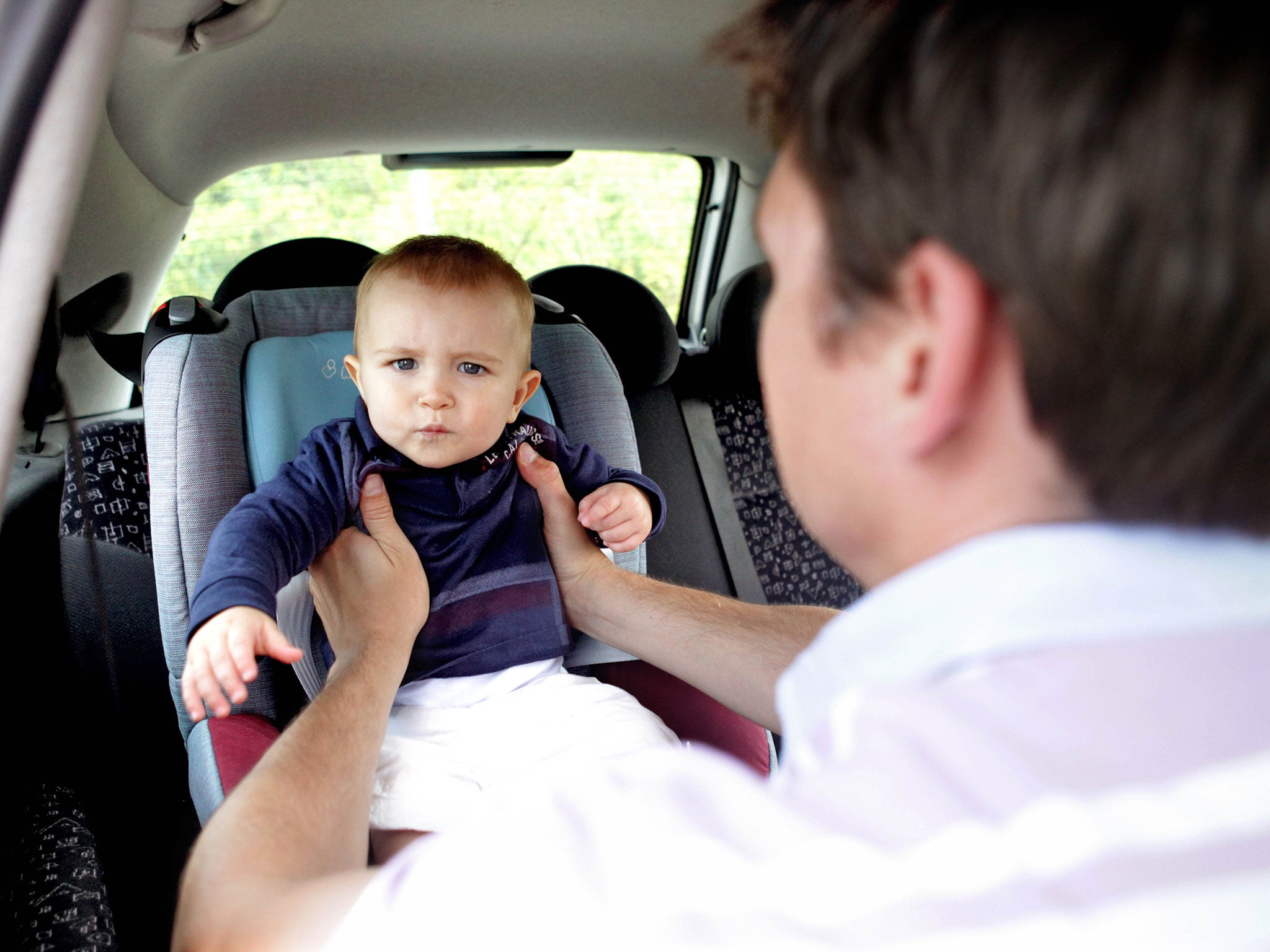New child car seat rules will confuse parents, experts warn
Safety experts at the UN warn that boosters without backs are not safe for smaller children because they do not protect against side-on collisions

New rules on children’s car seats risk confusing parents, experts have warned.
From 1 March, manufacturers will no longer be able to produce backless boosters for smaller children.
But parents who already own one can continue to use it, so long as their child weighs at least 15kgs,
Under the new booster guidelines, children using the seats will have to weigh more than 22kg and be taller than 125cm.
The decision to bring in the change took place after safety experts at the UN warned boosters without backs are not safe for smaller children because they do not protect against side-on collisions.
Yet data obtained by Confused.com revealed that only 13 per cent of parents understood the new rules.
"The current regulations are understandably hard to understand and the new changes may make it even trickier for parents to keep their children safe," Amanda Stretton, motoring editor at the comparison site said in a statement.
"The fact that car seats bought before the law change will still be acceptable to use sends mixed messages.
"The Government needs to simplify the messaging around backless car seat use so there is no misunderstanding over what is and is not safe."
Tanya Robinson, child safety centre manager at the Transport Research Laboratory told The Independent the most important thing for parents to do was weigh their child.
"One thing parents don't necessarily do is [measure the] the weight and height of their child," she said.
"We've done checks and asked parents, do you know how much the child weighs — most people say they don't know. It is worrying.
"How to tell if the child seat is appropriate for the child is to check that the child is the correct weight for it, [that] is the first thing.
She added: "If they've got a product now — they can carry on using it — as long as the child is in the weight category that it is designed for."
Subscribe to Independent Premium to bookmark this article
Want to bookmark your favourite articles and stories to read or reference later? Start your Independent Premium subscription today.

Join our commenting forum
Join thought-provoking conversations, follow other Independent readers and see their replies